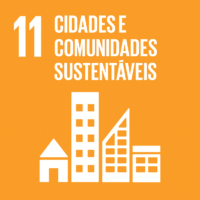Ciência_Iscte
Publicações
Descrição Detalhada da Publicação
Título Livro
Architecture thinking across boundaries: Knowledge transfers since the 1960s
Ano (publicação definitiva)
2021
Língua
Inglês
País
Reino Unido
Mais Informação
Web of Science®
Esta publicação não está indexada na Web of Science®
Scopus
Esta publicação não está indexada na Scopus
Google Scholar
Esta publicação não está indexada no Overton
Abstract/Resumo
Around 1908, the German sociologist Georg Simmel reflected on the significance of mobility
infrastructures, such as paths and bridges. These divisions of space, he wrote, were more than
physical facts. They resulted from a subjective understanding of space, namely the human
will to link distinct elements. Boundaries, paths and bridges were creations of a human being,
the ‘connecting creature who must always separate and who cannot connect without
separating’. Simmel called this double act of separation and connection, resulting in a
dynamic intertwining of physical place and mental spaces, the ‘miracle of the road’ (Simmel
[1909] in Leach 1997: 64–7).
Agradecimentos/Acknowledgements
--
Palavras-chave
Classificação Fields of Science and Technology
- Artes - Humanidades
Contribuições para os Objetivos do Desenvolvimento Sustentável das Nações Unidas
Com o objetivo de aumentar a investigação direcionada para o cumprimento dos Objetivos do Desenvolvimento Sustentável para 2030 das Nações Unidas, é disponibilizada no Ciência_Iscte a possibilidade de associação, quando aplicável, dos artigos científicos aos Objetivos do Desenvolvimento Sustentável. Estes são os Objetivos do Desenvolvimento Sustentável identificados pelo(s) autor(es) para esta publicação. Para uma informação detalhada dos Objetivos do Desenvolvimento Sustentável, clique aqui.

 English
English


